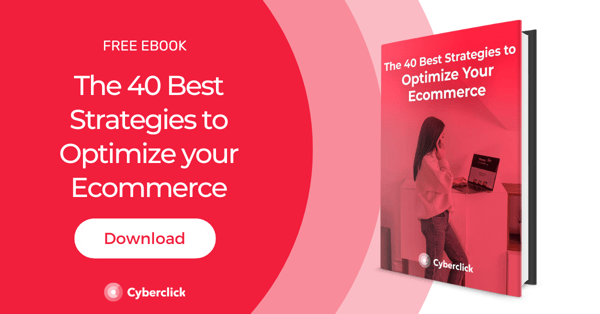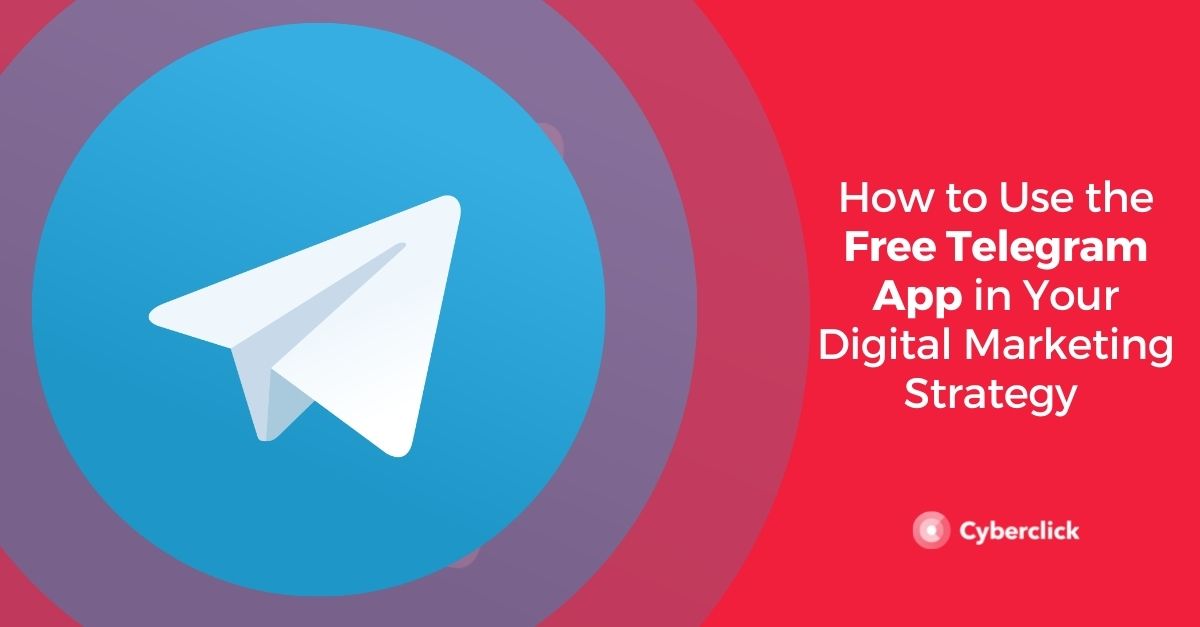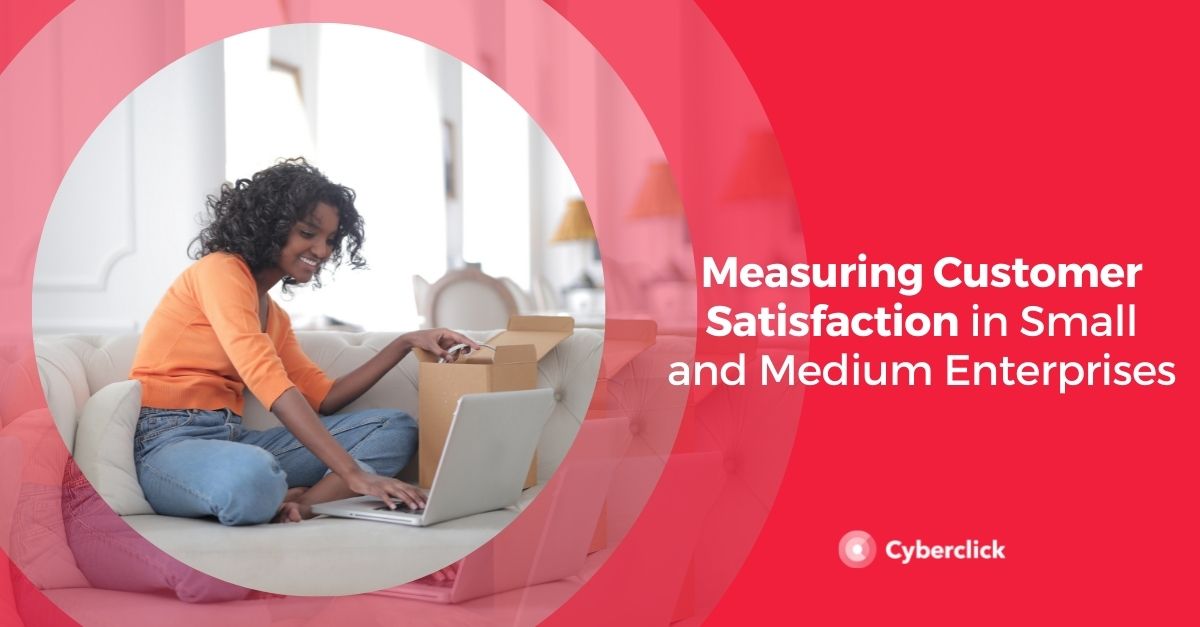Email marketing is one of the most powerful tools to attract customers to your brand and generate conversions.
If you have an ecommerce business, having a good email marketing automation strategy is essential to get the most out of your store and maximize your results. In this article, we will review why ecommerce businesses should leverage email marketing automation and how to apply email marketing for ecommerce businesses step by step.

Why Should You Do Email Marketing for Your Ecommerce Business?
- It builds trust. Email marketing helps generate a personal relationship with customers. It allows you to get closer to your target audience and humanize your brand. However, for it to really work, it is not enough to send a newsletter promoting your products from time to time. You have to create a regular flow of communication that responds to the needs of your target.
- It allows you to personalize and segment communications. Thanks to marketing automation, email is a great channel to execute campaigns aimed at specific segments. Moreover, creating highly personalized content generates great results.
- It has a low cost. Compared to other digital marketing channels, email marketing is a very economical way to reach your audience. In today's market, there are email tools that adapt to all budgets and needs.
- It generates results. According to the Direct Marketing Association, companies get $38 for every dollar invested in this channel. In addition, emails have a higher conversion rate than organic search and social media.
What Is Email Marketing Automation?
Email marketing automation consists of using specialized software to send automated emails.
This allows you to effectively manage email marketing campaigns for your ecommerce business, saving a lot of time and resources. In addition, these tools allow you to achieve a high degree of segmentation and personalization and measure results in real-time.
How to Do Ecommerce Email Marketing Step by Step
1. Find the Right Email Marketing Tool
There are currently many email marketing automation tools on the market, and in many cases, they have very similar functions. Here are some factors to consider when choosing the right one for you:
- The size of your mailing list and the scale of your campaigns. If you are just starting out, there are tools that offer free plans for up to a certain number of subscribers. However, you also have to take into account that your database will grow, so it is a good idea to look for a tool with different plans to adapt to your needs.
- The number of emails you want to send. In addition to the number of subscribers, email marketing pricing plans for ecommerce businesses also usually take into account the total volume of emails sent.
- The segmentation and tagging options. The more effectively you define your target audience, the more possibilities you will have to create your campaigns.
- Marketing automation: Find the right workflow automation tool that caters to your needs.
2. Design a Lead Magnet
The basic lead capture strategy in email marketing is to offer valuable content in exchange for users leaving you their data. The content offered is known as a "lead magnet".
To be effective, the lead magnet must solve a problem or need of the consumer, be related to the products or services you want to sell, and provide value.
3. Create Your Sequences
Before launching a landing page with your lead magnet, you must define the first sequence or workflow of your email marketing: the welcome emails.
Normally, this sequence starts with an email where you send the user the lead magnet, for example, a PDF, and then explain the type of content they can expect to receive. After that, you can send a few more emails explaining the brand story or providing useful and relevant information.
4. Define Your Strategy for Subscriber Acquisition
At this point, you are ready to start acquiring subscribers for your database. The main objective is to get users to subscribe to your newsletter, either directly or through the lead magnet. To do this, you can use multiple tactics, such as:
- Add pop-ups on the most visited pages of your website.
- Implement affiliate marketing strategies so that other people recommend you in their newsletters.
- Create advertising campaigns on social networks that redirect to a landing page with your lead magnet.
- Organize online workshops or webinars to attract new users potentially interested in your brand.
5. Send a Periodic Newsletter
In addition to preconfigured sequences, you can send a recurring newsletter. This way, you nurture a relationship with the subscriber. Some sources even recommend that the frequency of a newsletter should be daily, although the ideal frequency depends on the characteristics of your brand and your target audience.
6. Create Automations for Special Occasions
For example, your subscriber's birthday, the anniversary of when they subscribed to your newsletter, Mother's Day, or Women's Day. There are many occasions that can be used to launch an ad-hoc campaign and generate conversions.
7. Apply Good Ecommerce Email Marketing Practices
- Set a goal for each email. Each email should include a single call to action, even if it is repeated several times. For example, you can include a link at the beginning of the email and a button at the end.
- Harness the power of storytelling. Humans love stories. Using this technique in your
newsletters helps to enhance a relationship with your customer. - Don't overuse images. Emails with images that are too large can go straight to spam.
- Measure, test, and optimize. Measurement is one of the fundamental pillars of marketing. Don't forget to periodically review the results of your campaigns to see which ones work best and do A/B tests to compare results. This is the only way to create effective campaigns.
- Pay attention to the issues. If you only have time to test and optimize one element of your emails, my recommendation is to focus on creating hyper-effective subject lines to convince users that they need to open your email or else they'll miss out.
5 Essential Email Automation Campaigns for Ecommerce Businesses
1. Welcome Sequence
As mentioned in the previous section, the welcome sequence focuses on sending the user the promised lead magnet and explaining what to expect from the newsletter.
2. Confirmation Email
The purchase confirmation email is one that is sent to a customer after he or she purchases a product. It is one of the emails with the highest open rates. Make sure you always include the following information:
-
Shipment tracking code.
-
Invoice and payment method used.
-
Information on what to do if there is any problem with the order.
-
The brand's social channels.
3. Reminder Email
Product reminders are a type of retargeting based on the user's behavior on your website. When you detect that they have visited a product page but have left before making a purchase, you can send them an email to remind them of what they were looking at.
4. Upsell and Cross-Sell Emails
These sequences are based on the user's purchases on your website. The objective is to increase the customer's average lifetime value by nudging them to upgrade the product or service they have purchased (upselling) or to purchase other complementary products (cross-selling).
5. Abandoned Cart Email
Last but not least are the abandoned cart recovery emails, which are one of the most effective ways to increase revenue for a very low cost.
They simply consist of identifying users who have selected products on your website but have not completed the payment process and sending them an email incentivizing them to finish it. You can also offer them a discount or an additional benefit such as free shipping.
CEO y cofundador de Cyberclick. Cuenta con más de 25 años de experiencia en el mundo online. Es ingeniero y cursó un programa de Entrepreneurship en MIT, Massachusetts Institute of Technology. En 2012 fue nombrado uno de los 20 emprendedores más influyentes en España, menores de 40 años, según la Global Entrepreneurship Week 2012 e IESE. Autor de "La empresa más feliz del mundo" y "Diario de un Millennial".
CEO and co-founder of Cyberclick. David Tomas has more than 25 years of experience in the online world. He is an engineer and completed an Entrepreneurship program at MIT, Massachusetts Institute of Technology. In 2012 he was named one of the 20 most influential entrepreneurs in Spain, under the age of 40, according to Global Entrepreneurship Week 2012 and IESE. Author of "The Happiest Company in the World" and "Diary of a Millennial".





Leave your comment and join the conversation